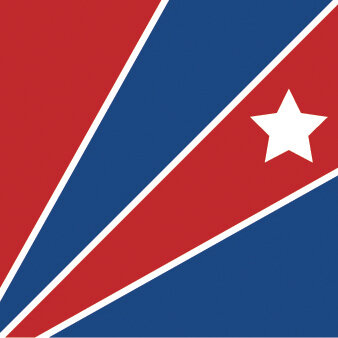On August 13, Thomas Brady, the Director for the Department of Education Activity at DoDEA made a public announcement regarding the opening of the new school terms for 2020-2021.
While this information was directed to military families with children enrolled in DoDEA schools overseas as well as stateside, it is also important to understand the kinds of impacts such information makes on military families in general. Military families are accustomed to these kinds of procedural decisions. They regularly receive similar information on a wide variety of topics that affect their lives. So whether or not they have children enrolled in a DoDEA school/program, the content, presentation, insight and forethought it extends is customary for them. This is the same information they are seeking in their own districts, from their own civilian communities that serve their children where they are stationed.
This is not to say that this announcement should serve as a template for all to follow or that its content merits replication in districts across the country. Instead, it as an important factor to understand when relaying such data/decisions/procedures to these families.
DoDEA serves nearly 70,000 students worldwide, in the US, Europe and in the Pacific. They are offering each of those students three options for fall --- an in-class option that they feel is the best possible source for solid academic performance and growth. They refer to this as "brick-and-mortar". Secondarily is a remote option, which replicates the teacher-class setting but with modified online instruction using Google Classroom or Zoom formats. Here the students and the teacher all are connected from home rather than inside a classroom but still utilize classroom delivery methods for all lessons. The third option, for those who are wary of contact situations or who want to work at their own pace, is the virtual setting, where the curriculum is designed fully for computers.
Families in 19 of 45 US DoDEA school sites will be schooled remotely. In Europe 2 of 64 school sites will offer this option. In the Pacific, 25 of 50. These figures indicate that most of the DoDEA learning at the start of this term will be in classrooms -- with all of the CDC requirements firmly established and followed. (Remembering that most DoDEA schools are directly involved with a military community, the medical support assets of that community/installation offer great resources and support to make these assurances possible.)
Student numbers for these enrollments include 35,989 in brick-and-mortar, 15,540 in remote learning situations and 10,028 having selected virtual learning. The total number of students presently enrolled for fall stands at 61,557 thus far. 2,000 Pre-K children are due to begin brick-and-mortar classes.
The remote learning design is set to be the fallback should active COVID results force school closures, on the short or long term. However, remote learning will \ function as the educational delivery method for all those who have registered for it. It will be expanded and offered to all students (save those in virtual) should infections force school closures. The virtual selection is a full semester commitment. 10,028 students selected this method for their school year experience. 4,330 in US, 3184 in Europe and 2158 in the Pacific Region.
As was admitted, though plans are in place for turning to remote learning for 2-5 days for a class with a positive COVID-tested case (allowing deep cleaning for re-start), this could make for a start/stop of the classroom learning experience. Should numerous students test positive forcing a closure beyond 6 days, remote learning would fall into place for everyone.
From this data, presented informally here, the majority of DoDEA's students will begin the year in a schoolroom. Especially so for those stationed in Europe. Issues involving attendance in all settings, Special Needs requirements for those enrolled with disabilities, and meals for those qualifying for nutritional support have all been considered and have procedural plans in place.
In a perfect world, this will spin out effortlessly and learning will explode, but this is not always the case. Highlighting this announcement is not to state that this is an exceptional plan. Nor is it showing best practices that others must adopt.
Instead, it is offered to help school leaders serving military-connected students understand the methodology that these families are accustomed to. At some point in this confounding process of preparation for a new school year, someone has to state the facts. Someone has to layout the game plan. Someone has to have the courage to o take action so that things can occur and yet be prepared for the unknown elements that might invade those best-laid plans. This plan addresses students in different countries; in different times zones --- a far more difficult procedure to face than an urban superintendent or a rural school district. While there certainly are districts with larger enrollments than 70,000, they don't have the obligation to set up a process that will work to educate their little ones while ensuring that their parents can remain ready and focused for service to our nation at a moment's notice.
So perhaps there is food for thought here for school leaders to consider. Maybe one mass plan that all follow, as opposed to Principals adopting strategies they feel best to work is a good start. Maybe offering families choices but reminding them that fate will force the final choice during this pandemic is an honest statement to make out loud. Perhaps military families, hearing this messaging in terms they are comfortable with, will better understand what to look for in their own community settings. That was the intent. It feels like a good starting point.
